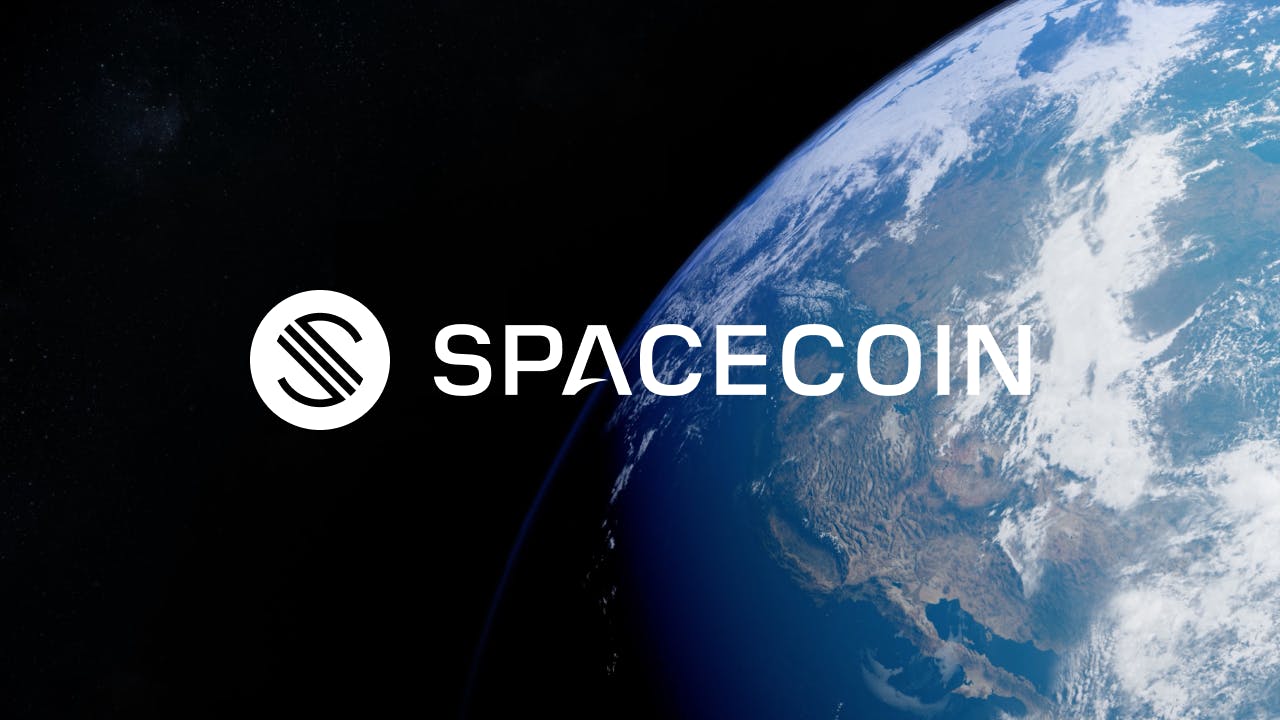In a remote village cut off by a tropical cyclone, aid workers huddle around a small terminal as it links to a satellite passing silently overhead. In minutes, they have informed the world outside of their needs, coordinating relief on a blockchain-based network out of space. Meanwhile, thousands of miles away, a blogger experiencing an internet blackout can send a message via an orbiting node, beyond the reach of government censors. Scenarios like these can seem like science fiction, but they portend to a future reality: a reality where connectivity is unfettered by borders and centralized bottlenecks.
This article discusses how Spacecoin’s peer-to-peer network of satellites could do that. It can keep it all connected when the ground infrastructure fails, bring financial services to the unbanked, and put power in the people’s hands even in the event of catastrophes and censorship.
The Problem: Centralized Networks Leave Us Vulnerable
The contemporary world is based on the web, but its infrastructure is deceptively fragile and privileged. Nearly one-third of humanity (2.6–2.9 billion people) remains completely off the internet, primarily in rural or impoverished regions. Without connectivity, communities are cut off from the digital economy and basic services. Even where there is coverage, access is not guaranteed: authorities in 46 countries shut down the internet 182 times in 2021 alone to quash protests or control information. Actually, 44% of the global population lives in places where governments routinely shut down networks for political reasons. And if that access is cut off, so too is freedom of expression, access to information, and economic opportunity. In fact, internet access can be a matter of life or death under authoritarian leadership.
Centralization is the prime suspect. Modern connectivity is premised on a handful of telecom megacorps, undersea cables, and satellite operators. This creates single points of failure: storms, earthquakes, and power cuts can bring down cables and cell towers. A dictator’s “kill switch” instruction can plunge millions into digital darkness. We’ve even seen how dependence on a single private provider can backfire – in the Russo-Ukrainian war, a unilateral decision by a satellite company’s owner triggered a battlefield communications blackout when troops were relying on that service. Whether the cause is natural or man-made, centralized networks too often prove brittle and easy to control.
Crises have grave repercussions. In the case of natural disasters, phone and internet are often the first to be affected. Neighbourhoods can be cut off completely in the very moment they need to call for help and coordinate relief. But traditional telecom infrastructure (cell towers, fiber cables, electricity grids) takes days or weeks to recover from, hampering disaster relief.
In short, our model of communication is now border-bounded and blackout-prone, with billions disconnected from the modern world and vulnerable to every failure of centralized networks. A free and robust internet, as decentralization advocates remind us, is one that “cannot be shut down by anyone unilaterally.”
Spacecoin: Decentralizing the Internet from Orbit
Spacecoin is a bold answer to these issues. It is building the world’s first decentralized physical infrastructure network (DePIN) based on satellites. Basically, Spacecoin is launching swarms of low Earth orbit (LEO) nanosatellites that will serve as an open, blockchain-based internet backbone that circles the globe. This constellation will provide affordable direct-to-device 5G internet connectivity nearly everywhere on Earth – and do it without having to rely on any kind of centralized authority or ground-based ISP.
How does it work? Each Spacecoin satellite is not just a signal relay, but also a node within a blockchain network. They’re built on the Creditcoin blockchain, and the satellites collaborate to maintain a tamper-proof ledger and manage service through smart contracts. Ground-level users would log in through simple terminals or next-generation satellite-enabled phones, micro-paying in cryptocurrency to use the network. Such payments are made on-chain, creating a peer-to-peer marketplace for bandwidth secured by cryptography. In reality, Spacecoin’s approach commodifies space as a commons, rather than the single possession of a state or corporation. The vision is an “open protocol for trustless internet connectivity at a global level,” accessible to all.
Basically, Spacecoin’s satellite nodes give three revolutionary advantages over conventional networks:
- Resilience. A network of satellites in space remains operational even when ground facilities are destroyed. They are resistant to floods, fires, or ground attacks that can destroy fiber cables or cell towers. This makes the network disaster-proof by design.
- Censorship Resistance. By beaming the internet down from the skies, Spacecoin bypasses the traditional bottlenecks of the internet. Satellites’ signals bounce off much harder for regimes to block or filter at country borders. No one government can seize control of the entire network.
- Borderless Access. Coverage is determined by orbital paths, not political maps. If there’s a view of the sky, theoretically, you can go online. And because users pay network fees in cryptocurrency rather than through a local telephone company, financial and national boundaries dissolve in getting to the space of the service.
In short, Spacecoin is spinning an internet as decentralized as Bitcoin in the realm of governance but applied to connectivity rather than money. By “making every satellite a decentralized node,” Spacecoin imagines the world turned into a web that no single entity or individual owns. The blockchain basis of the network assures trust and transparency: for instance, smart contracts could enforce quality of service and pay automatically, without having to trust an ISP. And since Spacecoin is really deployed on top of the whole world, it has the ability to reach faraway areas that existing telcos ignore, without local outages or censorship risk.
Important to observe, though, is that Spacecoin is built atop the Creditcoin blockchain – placing a finance layer within its connectivity model. This allows for some fascinating functionality: Customers can pay internet in various forms of digital assets across varied chains (Creditcoin’s “universal smart contract” feature). People in need can even have a buy now, pay later option for internet courtesy of Creditcoin’s Credal service – essentially online on credit. And when people pay for access in instalments, they also create an on-chain credit history, as their payment record is stored on the blockchain. That is, just using the internet through Spacecoin could allow unbanked users to possess a verifiable credit history, and thus gain access to financial products in the future. It’s a fantastic marriage of finance and connectivity that can get users offline and bankless up to date.
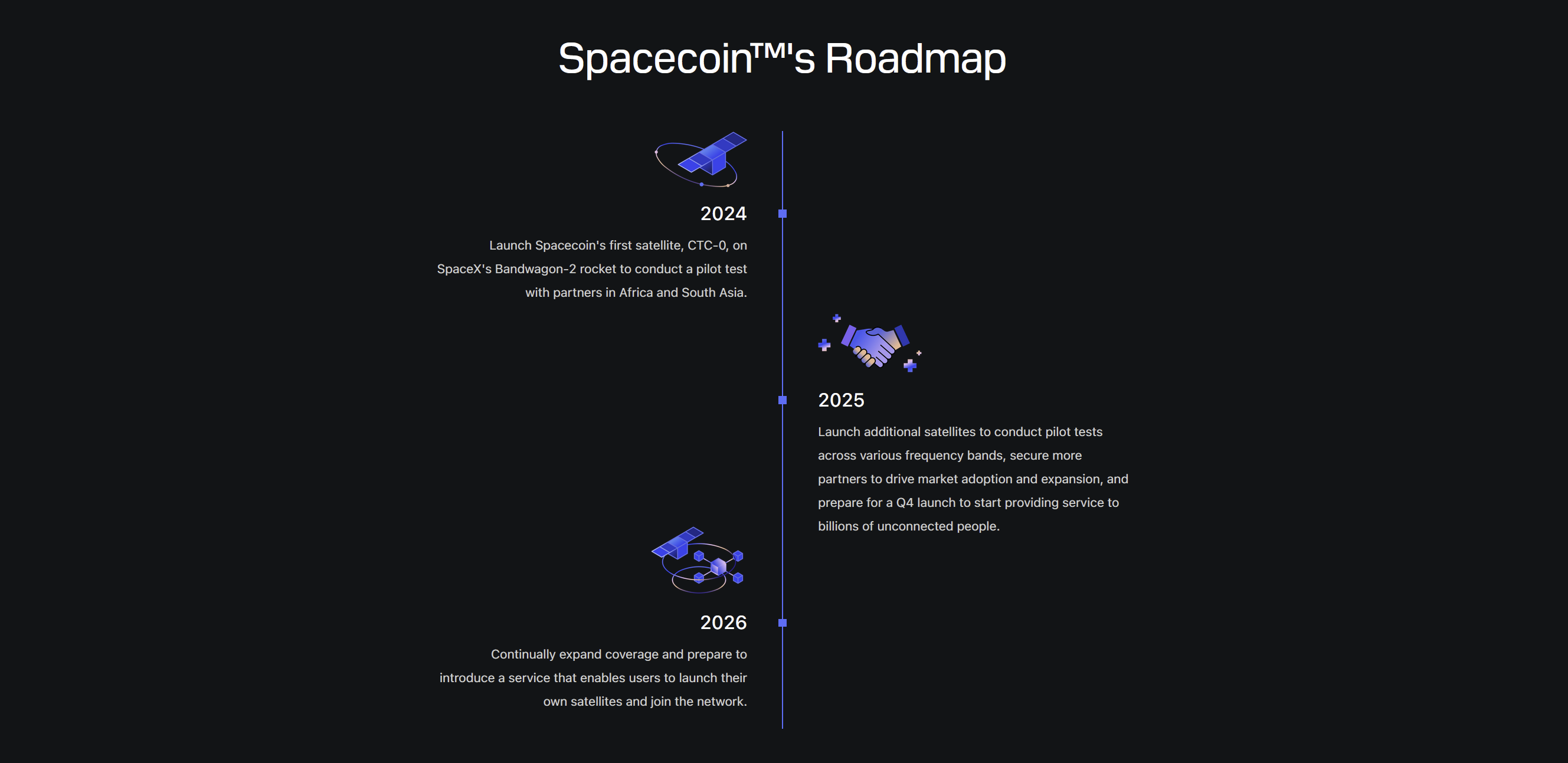
Spacecoin’s approach is revolutionary but not science fiction. The project’s roadmap has already started: its first satellite (CTC-0) was to launch in 2024 by SpaceX as a test flight over Africa and South Asia. Further launches are planned in 2025 to continue expanding coverage, aiming to initiate service for users later in 2025. Spacecoin even has plans to release a program in 2026 that will enable users to upload their own nanosatellites and become part of the network – something which would actually decentralize the infrastructure into the hands of many.
Borderless Finance: Banking the Unbanked from Above
One of the largest of these changes that a satellite DePIN like Spacecoin will see is the degree to which it decentralizes finance and facilitates global inclusion. Currently, approximately 1.4 billion adults have no access to banking accounts or institutional credit. They exist in areas of thin financial coverage – typically the same areas that lack stable internet. It’s a trap: without internet, people can’t participate in new digital finance or even basic online banking. According to Gluwa (a borderless financial platform in the Spacecoin ecosystem), it’s “difficult, if not impossible, to establish a credit record, build wealth, or scale a business” in such situations.
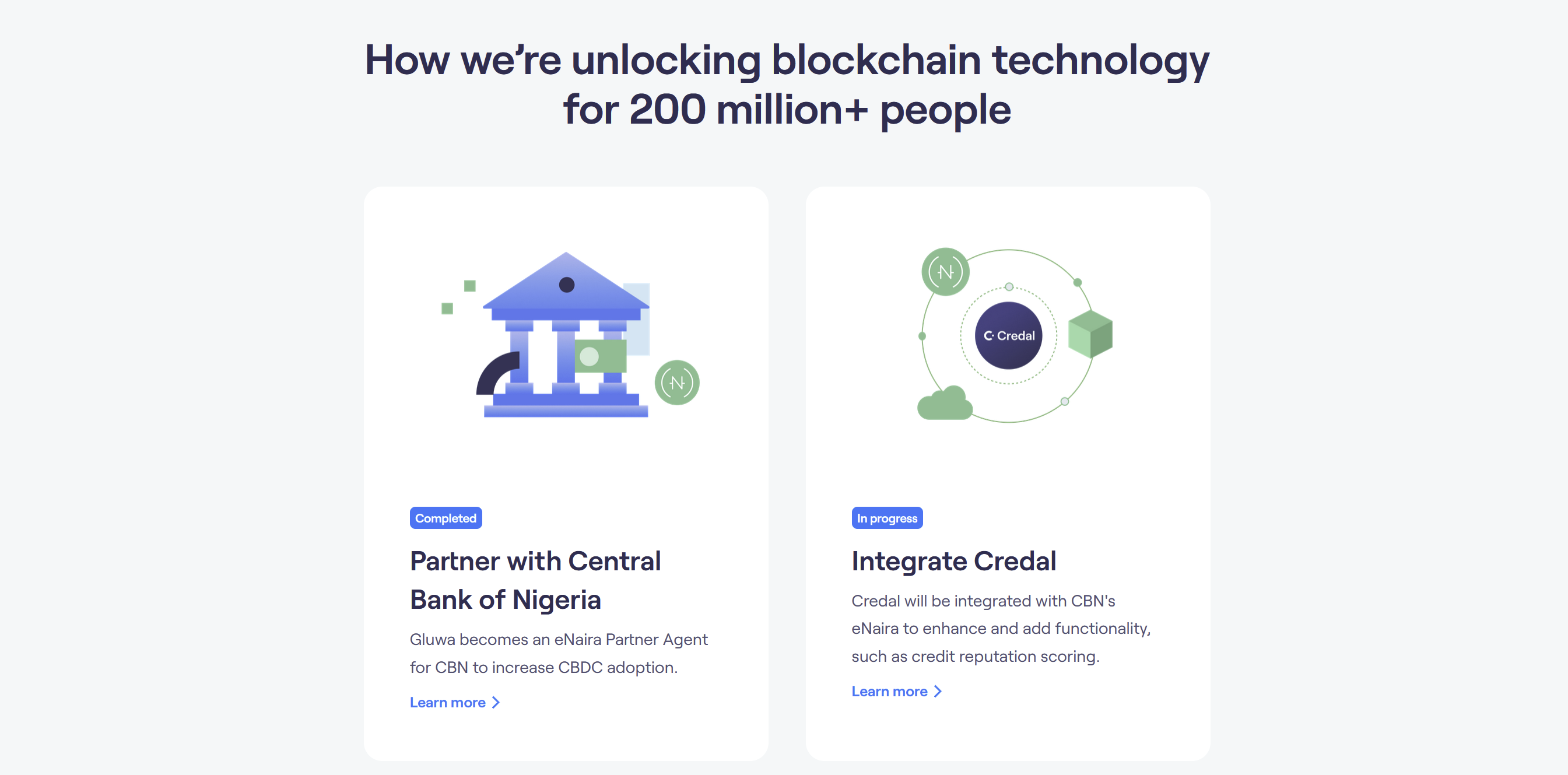
In merging connectivity with blockchain finance, Spacecoin and its partners aim to break that pattern. Gluwa is a decentralized platform that connects global capital with local borrowers in developing markets, using the Creditcoin blockchain for all loans and payments. This creates an immutable, open credit ledger – a decentralized credit bureau for the unbanked. Lenders across the globe can invest in micro-loans to a Nigerian farmer or Vietnamese shopkeeper, and each repayment builds the borrower’s credit history on-chain. “Each repayment leaves a verifiable record,” allowing even those in informal economies to “establish actual credit histories over time,” said the Gluwa team. And the result is that an individual who has no credit history can, with several timely payments, prove himself to be reliable in terms of getting larger loans or better rates. It’s a heartening example of blockchain being used not for speculation, but for expanding access to finance.
But without the internet, these fintech innovations can’t get all the way there. That’s where Spacecoin completes the picture. For much of the world, the issue isn’t so much banking – it’s access. Even the smartest blockchain lending platform is irrelevant to a village with no online point of entry. Spacecoin turns the equation around by actually taking the internet itself to underserved communities via satellite, literally going over bottlenecks on the ground. By integrating satellites as blockchain nodes, Spacecoin brings solutions like Gluwa within reach for everyone under the sun, “unifying financial and digital inclusion” in a dual-layer network. Gluwa unlocks financial access, Spacecoin unlocks digital access – both an entry into the global economy for the left-behind.
Take a real-world example: a woman in a remote area who doesn’t have access to a bank may be able to receive a micro-loan through a local fintech partner that uses Gluwa and Creditcoin. Typically she may not even be aware such a service is available, but having a Spacecoin hotspot in her village, she is able to access that platform directly from her mobile device. She uses a small loan to purchase farm equipment, and in one year pays back the loan faithfully. Every payment is recorded on the Creditcoin blockchain, building a verifiable credit record observable to other lenders. Now larger microfinance institutions or cross-border peer-to-peer lenders can see her track and lend her more money. Meanwhile, she makes the modest monthly fee for her Spacecoin net access – and those themselves are building her credit record as well, thanks to Spacecoin’s integration with Creditcoin. As time goes on, this previously “unbankable” farmer may qualify for an even bigger loan or insurance, as both her credit and connectivity climb in tandem.
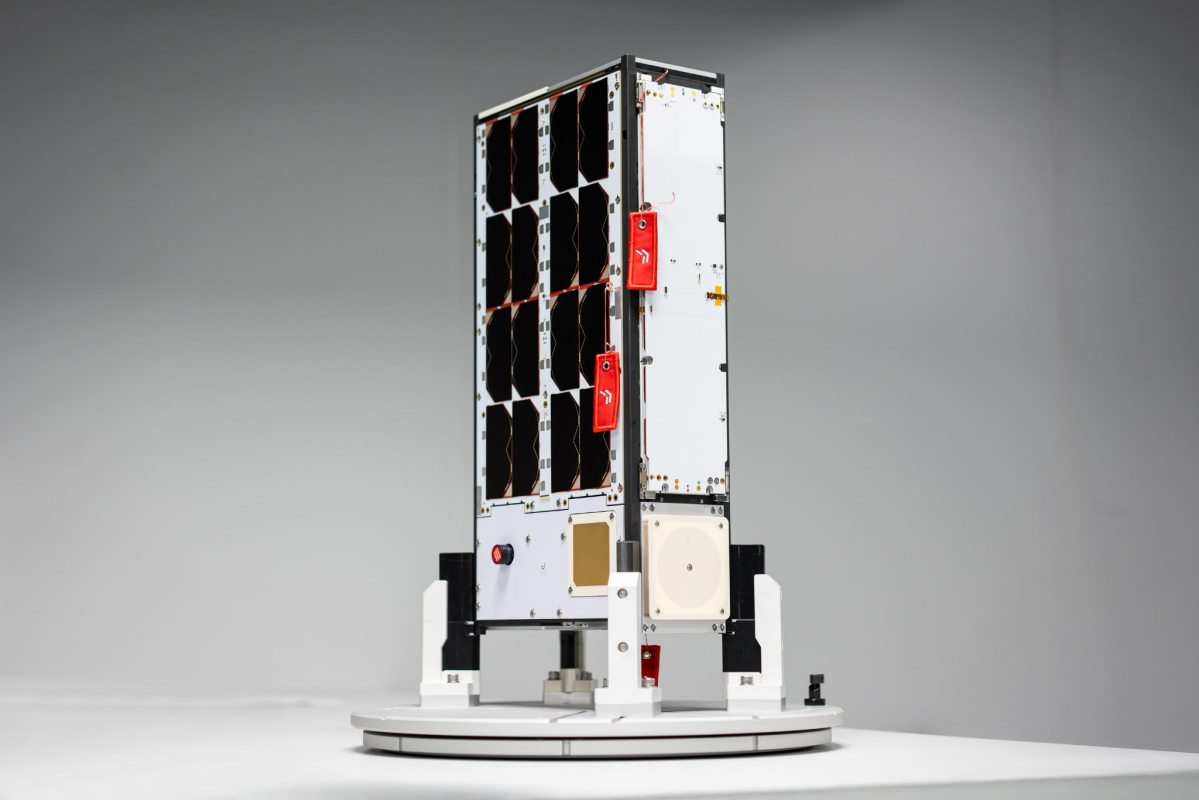
What is most important, all this can be done without the high frictions of conventional systems. There is no requirement for her to travel to a distant bank (there isn’t one), no requirement for burdensome forms or prior credit history. By using crypto payments, she doesn’t even require a bank account for traditional currency – her mobile wallet is sufficient to join. Spacecoin’s network is currency-neutral and borderless, i.e., one can top up a couple of dollars’ worth of a stablecoin or token and use it to pay for data or loan repayments without any hassle. Gluwa’s platform accomplishes the same thing, connecting crypto and local fiat so loans are made in local currency but recorded and settled on the blockchain. That’s the frictionless aspect that makes the experience valuable. End users won’t even be aware that blockchain is in the mix. They’ll just realize that they can now go online, get paid, and create a business where it wasn’t possible in the past.
The ripple effects of such empowerment can be vast. Financial inclusion is not just a question of individual convenience – it’s linked to overall economic prosperity. Studies have shown that when people can save, borrow, or insure against uncertainty, their incomes rise and communities thrive. With both the communications lifeline and the financial services, a Spacecoin-based ecosystem could turn on entrepreneurship where previously excluded markets existed. Imagine new markets opening up when a maker in a village can sell goods online all over the globe, or when diaspora remittances can be sent directly over a sat channel to an account at a village bank.
That is, decentralized satellites and decentralized finance equal a borderless economy. Spacecoin’s constellation can serve as the rails for a new type of global business – one where your access isn’t determined by your geography or your government, but by your desire to connect.
Censorship-Resistant Communication in Crisis

Easily the most dramatic potential of a decentralized satellite network is its ability to keep information flowing when autocratic regimes or war tries to stifle it. In the last few years, state-directed internet shutdowns have become frighteningly routine. From temporarily suspending mobile data for demonstrations to outright shutting down entire areas, anti-democratic presidents use command over communications as a weapon against dissent. As a case in point, when mass protests broke out in Iran following the death of Mahsa Amini in 2022, the state reacted by blocking mobile internet and even completely shutting down internet access in some regions. Protesters suddenly couldn’t organize or report back to the world outside. It’s a pattern repeated in dozens of countries – from Asia to Africa to the Middle East – and it endangers lives.
A decentralized satellite internet could potentially greatly subvert this tactic of repression. As the network is orbit-based and allegiance to no one nation, it would be practically impossible for any government to shut down. There is no switch to flip. Instead of data flowing through choke points controlled by powers (e.g., national ISPs or undersea cables landing stations), data would beam from users to satellites. This would mean that censorship systems like firewalls or state-controlled gateways could be bypassed entirely – citizens could potentially access the open internet via Spacecoin even if the ground grid is closed. Satellite communications are locally jammable with an effort, but mass jamming is technically complex and expensive, typically requiring military-grade equipment.
In essence, Spacecoin raises the cost and complexity of censorship to a level where it will be practically impossible in most cases. Connectivity from space turns the internet into a “shared digital commons” which goes beyond historical monopolies and control. Orbital systems are not aware of national borders – and thus can make such borders irrelevant to information flow.
We have already had a glimpse of what satellites can do for freedom of information. During the Russo-Ukrainian war, for instance, traditional channels of communication were attacked and repeatedly brought down. Satellite internet terminals (like SpaceX’s Starlink) served as a lifeline for civilians and the military alike to stay connected when Russian strikes disabled fiber cables. But it proved to be a risk to bet on a single private provider: in a highly publicized case, Starlink coverage allegedly was cut in certain hot spots of conflict because the owner was afraid of escalation. This sudden centralized decision severed the battlefield from communications for a brief time, illustrating the susceptibility of even satellite transmission to the caprice of one man or company.
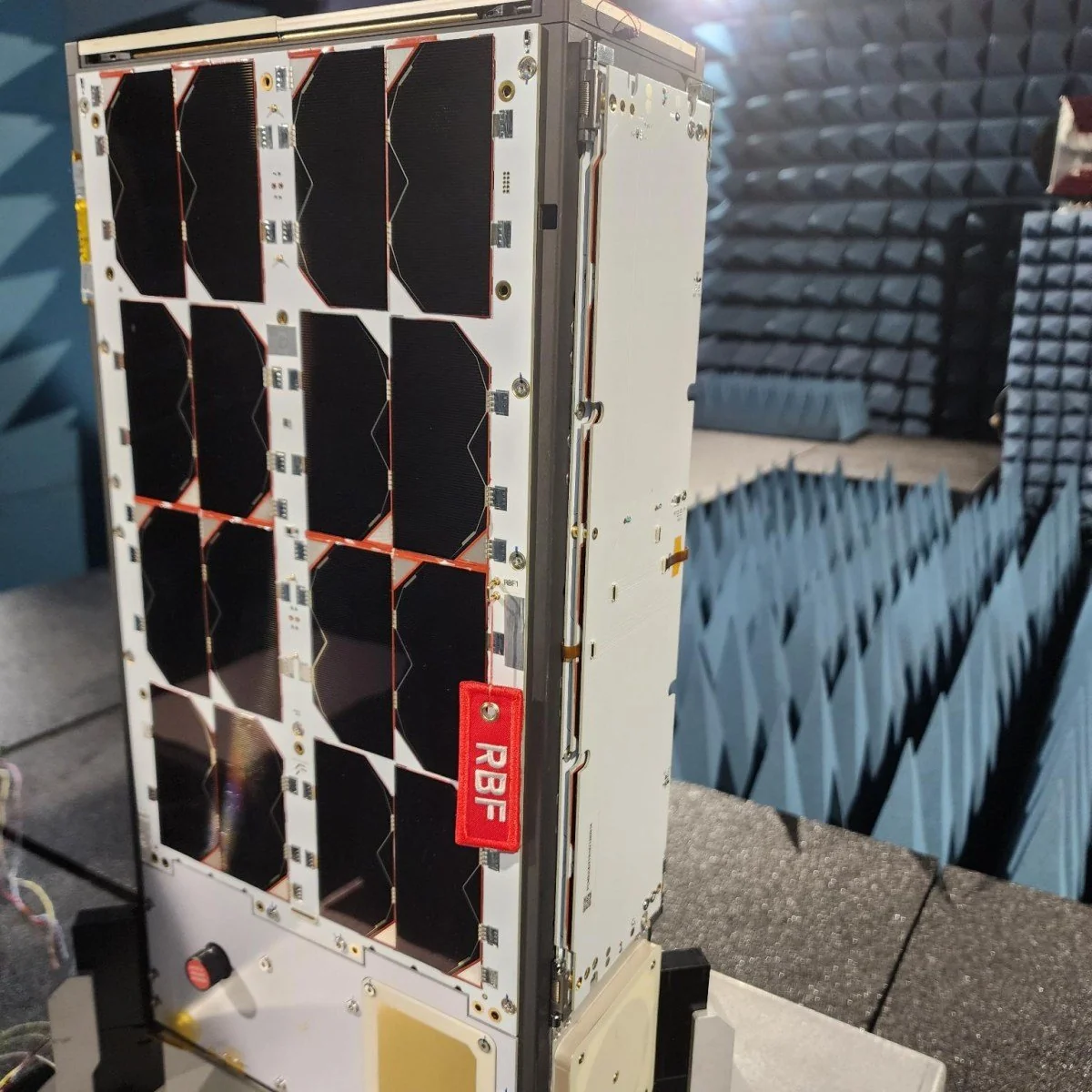
A Spacecoin network, by contrast, would not have an “off switch” under the control of any individual. Its governance would be distributed among token or smart contract holders, so it would be far less likely that service would be selectively shut down at the worst possible moment. In effect, there would be no CEO able to decide who has access to the network or when. Think outside of war zones about activists and journalists operating under oppressive regimes. During past revolutions (from the Arab Spring to anti-government demonstrations in Myanmar), regimes choked social media or cut off the internet to prevent organizers from being able to mobilize bases of support.
Armed with a satellite modem or satellite phone, such same activists would be ahead of the game – uploading videos, contacting international media, and having access to unfiltered information despite the blackout. In fact, civil society players have already begun to make just that demand: during 2022’s Iran protests, activists called on western governments and companies to donate satellite internet terminals to aid the movement. A decentralized network like Spacecoin would go a step further and make such connection always and openly available, rather than an ad-hoc gift from one company. It turns the paradigm around: rather than regimes isolationist walling off their citizens within a national intranet, the citizens may have a backdoor link which the regime cannot easily sever. Obviously, this wouldn’t mean it was a silver bullet — determined censors could still attempt to capture satellite gear or prosecute the users. Education and subtlety would be important for users in dangerous situations.
But purely on a technical level, Spacecoin would make the internet far more “unstoppable”.
Disaster Response: A Lifeline When Every Second Counts
In earthquakes that level cities or hurricanes that knock out power lines, keeping in touch can be as important to survival as food and water. First responders need to communicate with each other and call for reinforcements. Families need to call loved ones. Hospitals need to place orders. But too frequently, disasters take out the very networks we rely on. Cell towers collapse, power is knocked out, and fiber-optic cables are cut – plunging communities into information darkness. In 2017, Hurricane Maria obliterated almost all cell coverage in Puerto Rico, hindering rescue operations. When a volcanic eruption and tsunami struck Tonga in 2022, the only undersea cable linking the island was severed, knocking communications offline for days.
A satellite network that is decentralized offers a glimmer of hope in these cases. Since it does not rely on local infrastructure, it can still keep people connected when all on the ground is anarchy. All that is needed is a battery-powered terminal or device with access to the sky. Emergency responders may have a link to the outside world in minutes without any operational cell tower or ISP. We’ve already seen how satellite internet can be deployed in disaster zones at record speed: after Hurricane Ian hit Florida in 2022, satellite broadband units were rapidly deploy(ed) to restore internet for emergency crews in the hardest hit areas like Fort Myers Beach. Likewise, Starlink terminals were shipped to Tonga and other Pacific islands to help reconnect communities in the wake of tsunamis and volcanic eruptions. These are primitive examples, all staged by a single corporation – but they establish the concept. With Spacecoin, such emergency access would be decentralized and potentially even more ubiquitous, as local volunteers or organizations could have spare community-owned terminals in stand-by.
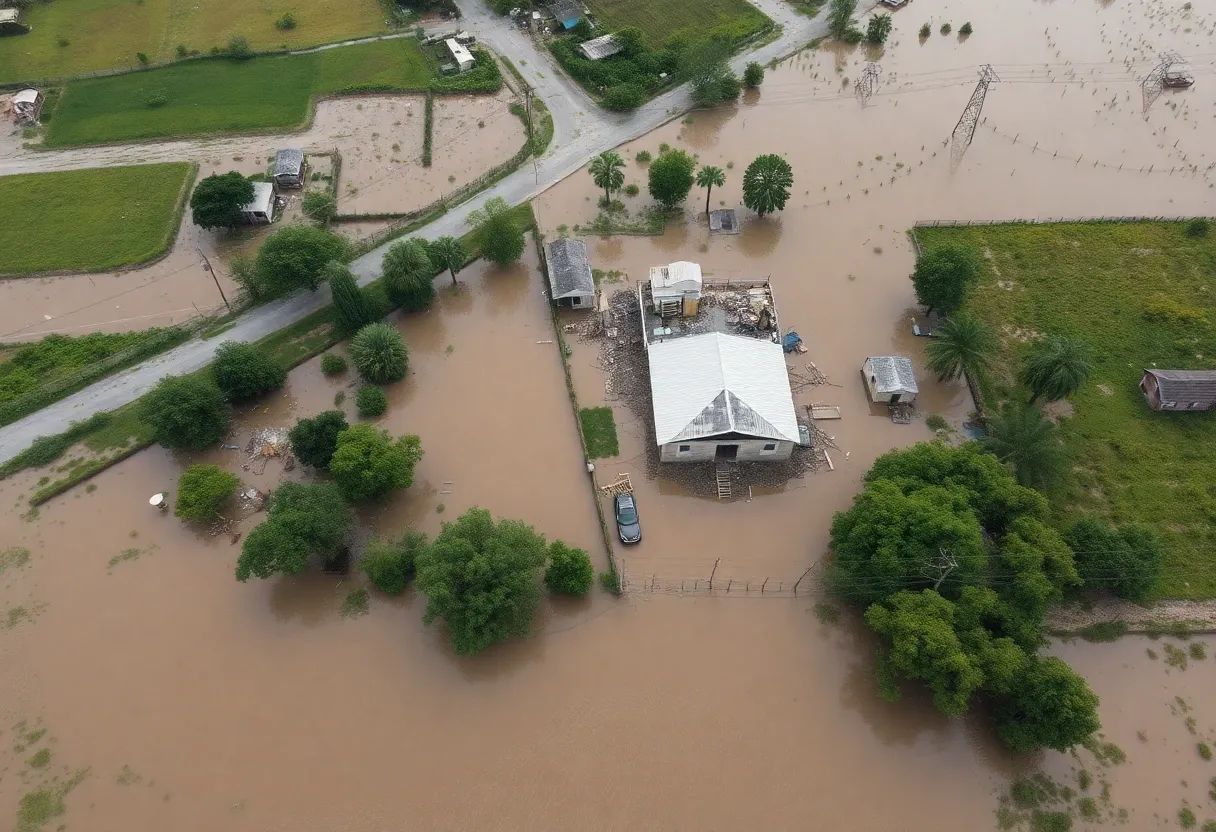
The immediate benefit of catastrophes is lifesaving coordination. Imagine a search-and-rescue team in an earthquake zone employing a Spacecoin connection to download real-time satellite imagery or maps of destroyed areas, navigating them through congested roads. Field emergency medical technicians would be able to conduct telemedicine consultations via satellite link, sending patient data to doctors and specialists off-site for advice. Relief coordinators would leverage real-time messaging and GPS tracking through the satellite network in order to direct food, water, and shelter to where they are needed most. All this can be done even when the local telecom infrastructure is devastated.
Moreover, the utility of an applied satellite DePIN doesn’t fade with the resolution of the first crisis. After initial response is over, recovery may take months or years, and connectivity remains a necessity during that period. Refugee camps will need the internet to coordinate supplies and services and enable families to contact relatives. Long-term reconstruction is also facilitated by connectivity for anything from ordering materials to enabling remote experts to assist. Spacecoin’s network could be utilized as a bridging solution in such instances: providing ongoing connectivity to an area until conventional infrastructure is restored, or even permanently replacing a region’s communications as a by-product of disaster recovery. For instance, satellite connections can still be utilized in field hospitals to offer telemedicine services in a village or schools to enable students to receive online courses if the schools are demolished. Rather than being a stopgap measure, the satellite network is now included in the community’s new resilient framework.
In the big picture, having satellite internet as part of disaster preparedness saves lives, money, and time. Governments and NGOs spend a great amount of money sending mobile cell towers or sat trucks after disasters. A decentralized system like Spacecoin, with many pre-positioned small nodes and community players, could make emergency internet a “plug-and-play” utility. You can picture “rapid deployment kits” containing Spacecoin nodes in first responders’ bags that need just a generator or solar panel to get a hub online in minutes.
Already, regulators are being marketed on just such ideas: in 2024, the U.S. FCC granted approval to license satellites to broadcast direct-to-cellphone emergency messages in hurricane-ravaged areas where most cell towers had been taken down. That test demonstrated that even regular cell phones were able to start receiving connectivity from the heavens when they needed to. As satellite-to-cell technology improves, the average citizen’s phone will be switched to a Spacecoin satellite connection in a crisis, unknowingly, so they can call for help. This kind of built-in redundancy (where the skies step in when the ground network fails) could be a part of our resilient cities and communities.
Lastly, the humanitarian impact of a global decentralized network is hard to overstate. It would provide a guarantee that no community is ever left out, no matter how inaccessible or hard hit by disaster. In those lifeline situations when “every second counts,” rescue teams won’t be slowed down by a lack of communication. And in non-emergency situations, permanent connectivity could lift communities from long-term “digital poverty,” enabling all the secondary benefits like mobile banking, tele-education, and e-commerce that drive development.
In that sense, Spacecoin’s satellites could be worth as much as any tangible aid truck – they deliver not food or medicine, but information and communications that ignite all other forms of relief.
Challenges and Considerations
As innovative as Spacecoin’s business is, it has its own set of challenges. Creating a decentralized satellite network breaks new ground in technology, economics, and policy. In order to actually transform world connectivity, such obstacles will require intelligent solutions:
Technical Feasibility & Hardware: Satellites are costly and difficult to launch and maintain
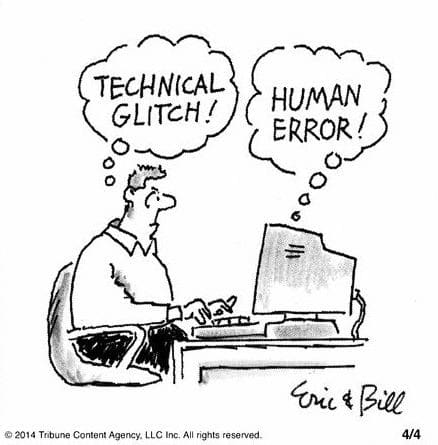
Nanosatellites have also brought down orbital deployment expense, but Spacecoin will need to deploy potentially hundreds or thousands of satellites to LEO to deliver global 5G access and low latency.
Getting such satellites to act as blockchain nodes (with low power and bandwidth) is yet another technical feat. Users on the ground already need special terminals (e.g., satellite dish or hotspot) to utilize. Plans are underway to enable direct satellite-smartphone connections (for example, large satellites as cell towers in space,) but the wholesale adoption of that will take a while. In the meantime, provision of affordable, straightforward ground hardware is necessary so that there can actually be access to the Spacecoin network. This could include subsidizing satellite hotspots or developing solar-powered units for off-grid communities.
The plus is that the industry is advancing rapidly: antennas are getting cheaper, and companies are experimenting with satellite phone use on ordinary phones. Spacecoin will undoubtedly be capitalizing on these advances, but it will have to integrate them elegantly.
Economic Sustainability: Spacecoin promises internet access for as low as $1-$2
It is a game-changing price point compared to traditional satellite internet (Starlink, for example, is about $140/month). It will take a combination of crypto-economic incentives and perhaps subsidies to make this extremely low-cost possible. The DePIN model would have the network infrastructure backed by users, satellite operators, and token holders in a kind of decentralized marketplace. It is tricky to find the balance of making sure this model compensates contributors fairly (e.g., entities that put satellites into orbit or provide ground stations) without allowing end-user prices to remain out of control.
And then there’s the problem of scale: early pilots can cover an area, but going to global service means enormous capital investments. Spacecoin may need to raise funds with satellite makers, launch providers, and telecommunication companies to share the cost. As usage grows, network capacity (bandwidth) must grow with it, which means more satellites and upgrades in the future. The project’s roadmap of licensing user-launched satellites by 2026 proposes an expansion plan crowdsourced – i.e., community-funded networks. It’s a fine idea but unproven on the scale of an orbital network. Economic incentives in the form of tokens will need to be strong and well-defined to bring people in without spilling over into speculative mania.
Regulatory Hurdles: An independent global internet service runs into regulatory roadblocks in all countries
Radio frequency spectrum licensing is tightly controlled – Spacecoin will have to fight international telecom law in order to use the frequencies for its satellite downlinks. Governments will attempt to ban or limit unauthorized satellite internet receivers, especially if they see it as a threat to their control. We can expect political pushback from authoritarian governments that are not open to an uncensorable network in the sky.
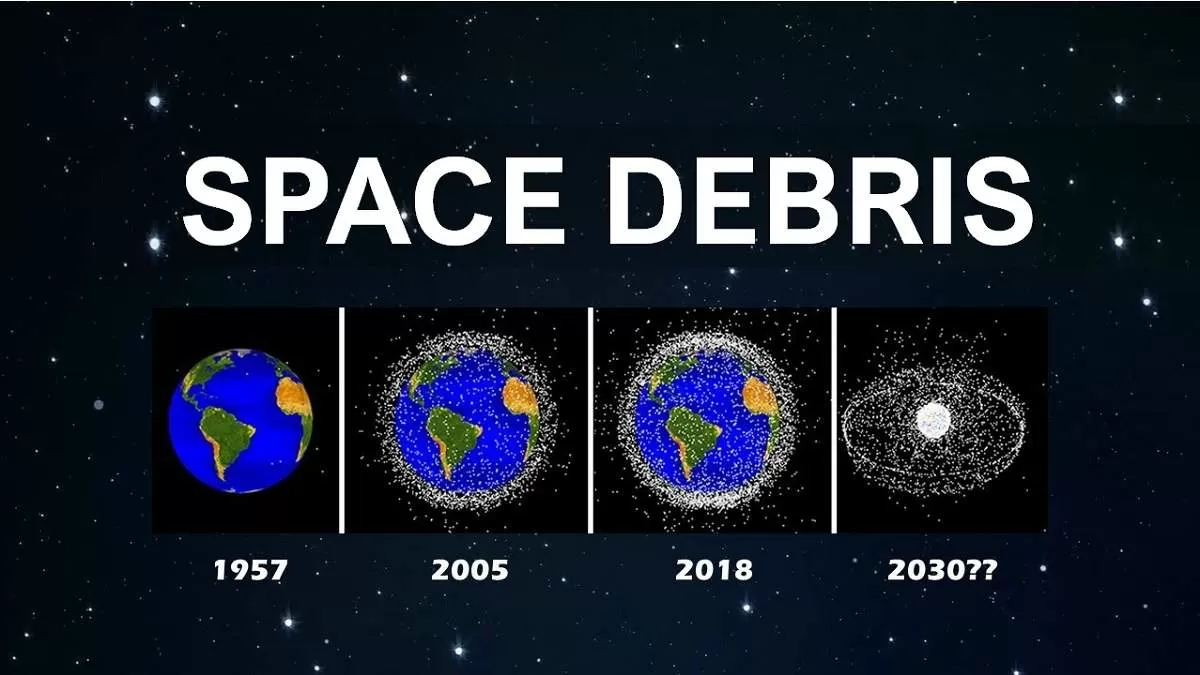
International collaboration through bodies like the ITU (International Telecommunication Union) will be important to allocate spectrum and orbital slots to Spacecoin’s constellation. There are some space-specific regulations, too: deploying hundreds of satellites raises orbital debris and collision avoidance questions. Spacecoin will need to adopt “space traffic” best practices – maybe employing deorbiting technologies at end-of-life for satellites and exchanging orbital data to prevent accidents. Monetarily speaking, as Spacecoin utilizes cryptocurrency for transactional reasons, it must deal with the ever-evolving landscape of crypto regulation, i.e., the mechanism by which users on the ground convert local currency to crypto in order to pay for the service or vice versa. Navigating (or working around) these regimes will be no small part of the trip.
Security and Trust: Decentralization, as it removes single points of failure, introduces new security considerations
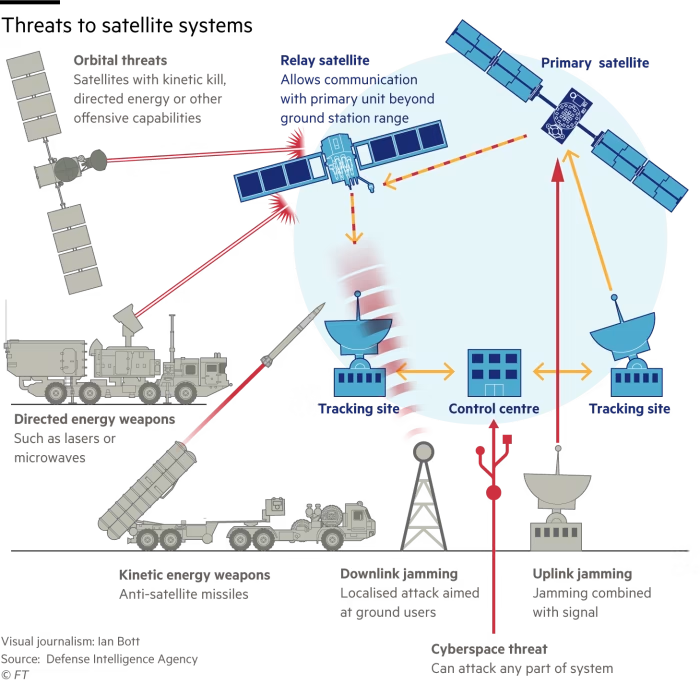
The network must be resilient not just physically but also against cyber-attacks. Satellites are vulnerable to signal jamming or even hacking attempts. The blockchain layer will need robust consensus and possibly new algorithms to accommodate the unique constraints of satellites (e.g. low connectivity between nodes).
Any vulnerability could be attacked at scale, so extensive testing and iterative hardening of the system will be necessary. Additionally, getting people to trust a new kind of network is in itself a challenge. They’ll wonder: Will it be fast and stable enough? Can I count on it when I need it? Trust can be gained through phased rollouts – i.e., providing emergency backup service at first (where any connectivity is icing on the cake) and gradually becoming more of a primary provider as reliability builds. Demonstrating successful use cases of collaboration (e.g., providing connectivity during a major blackout or supporting a high-profile financial inclusion success story) will serve to build public and investor confidence.
Ethical and Social Implications: As with any disruptive technology, there are some ethics to navigate
If Spacecoin does succeed, could it widen some inequalities (for example, if only those that can afford a device enjoy the benefit)? The project’s spirit appears to be one of inclusion, but strategic deployment tactics will be required to reach the most marginalized and poorest – perhaps in collaboration with NGOs or governments for the distribution of devices. And then there is the dark side of censorship resistance: malicious actors will also be able to utilize the network for coordination beyond law enforcement controls.
Just as the web enabled healthy traffic along with crime, a network that is resistant to censorship will necessarily enable all kinds of traffic. Operations management for the platform of Spacecoin (presumably decentralized) will be forced to deal with content abuse, privacy protection, and preventing misuse, all without undermining the underlying ethos of openness. This is new territory; getting that balance right is part of building a “trust infrastructure” in the fullest sense, an echo of Creditcoin’s open-book philosophy of its transparent credit ledger. Spacecoin will, in many ways, be a test case for decentralized infrastructure to be governed in the public interest.
Conclusion
The vision of Spacecoin’s decentralized satellite network is breathtaking and visionary. It envisions a future in which no community is too remote, no government too repressive, and no disaster too calamitous to sever communication and economic possibility from the lifeline of human cooperation. By unifying the technologies of NewSpace and Web3, Spacecoin is reimagining connectivity as a global public good – like the Internet or GPS, but owned by and operated for its users, not by and for select powers. In doing so, it addresses all three pillars upon which our modern world exists: finance, communication, and resilience. Imagine a world, just ten years from now, where one can pull out one’s phone or computer anywhere from the Himalayas to the African plains and be online in a moment on a decentralized web of satellites.
“Offline” zones may be a thing of the past as blanket coverage veils even the deserts and high seas.
When that network is in place, local infrastructure breakdown can never mean isolation – the satellites will keep broadcasting connectivity down like those relentlessly shining stars. People will not have to huddle in fear of being cut off from the internet before an election or a protest; the truth will be able to get through, on a heaven-sent signal that cannot be jammed. A farmer or shopkeeper in an emerging economy will have access to the same capital and global markets as a man in Seoul or New York, because the medium of interaction – the internet – will be global and permissionless. Beyond the short-term consequences, Spacecoin proposes a new technology philosophy.

